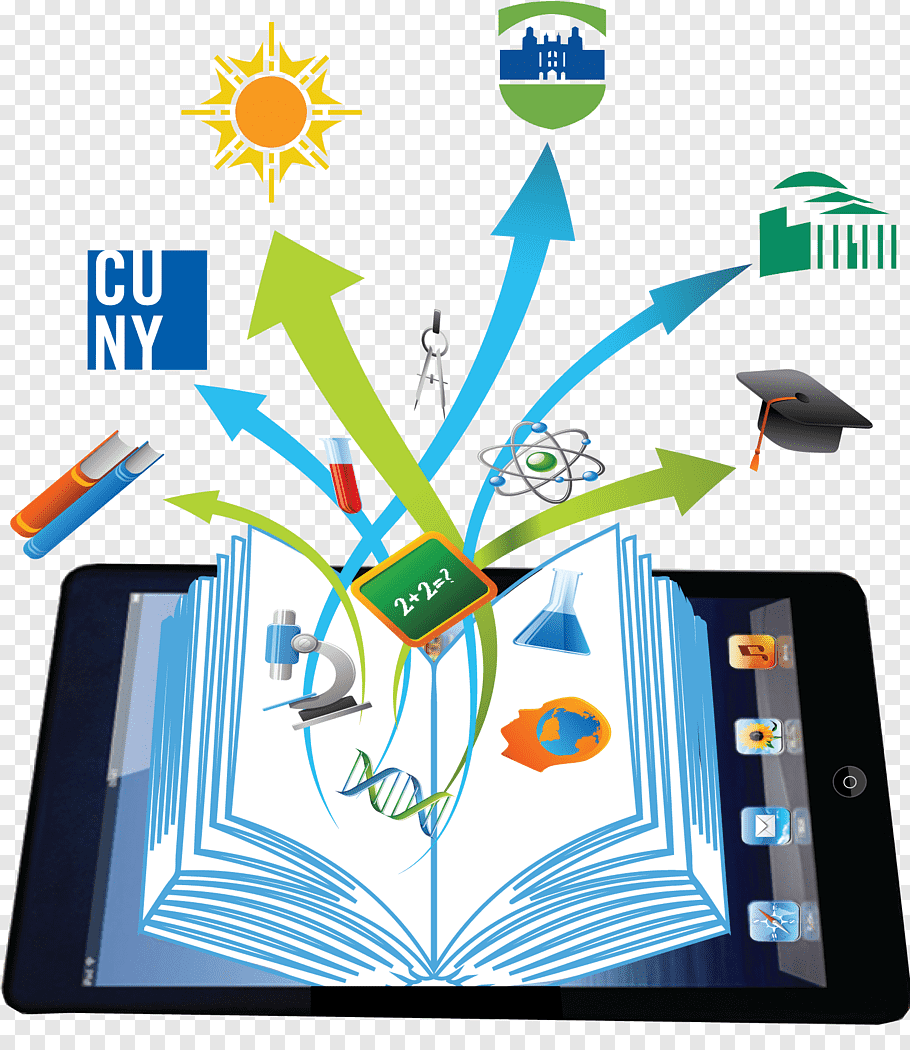Introduction
Remote Learning:
The emergence of Remote learning helps to rid out the current difficult situation. As, the COVID-19 pandemic has brought new challenges to teaching and learning for teachers, students, and families. Bates (2019) argues that, “What distinguishes the digital age from all previous ages is the rapid pace of technology development and our immersion in technology-based activities in our daily lives” (p.1). Remote learning provides an opportunity for students and teachers to remain connected and engaged with the content while working from their homes. Hammonds (2003) stated that this method of teaching allows students to be flexible in their use of time.
Another benefit of online education is its frequent and timely feedback between teachers and students. Deal III (2002) reported that, “There is a range of multi-media tools available to create instructional materials to display text graphics, animation, video, and interactive simulations” (p. 22). The communication technology also creates more interactivity between instructors and students and among students themselves. Using synchronous or asynchronous communication techniques, students are engaged with one another in their discussion (Reeves & Brown, 2002).
Although it has several benefits special populations such as English learners, students with disabilities, or other learners representing cultural or socioeconomic diversity might also need different types of examples and access to new forms of support (e.g. translation, screen readers, captions, etc.). Thus, many more challenges are encountered with remote learning needs to be considered.
References
Bates, A. W. (2019). Teaching in a digital age -second edition. [eBook edition]. Creative Commons Attribution-NonCommercial 4.0. https://pressbooks.bccampus.ca/teachinginadigitalagev2/
Deal III, W. F. (2002). Distance learning: Teaching technology online. The Technology Teacher, 61,21-26.
Hammonds, S. (2003). Impact of internet-based teaching on student achievement. British Journal of Educational Technology, 34, 95-98.
Reeves, K., Brown, B. (2002). Online adjuncts. School Administrator, 59, 32-37.


Hi Sapana,
Thank you for your post. I agree with you in how remote learning connects students from around the world. Even in this course, we have classmates that live outside Canada. I value that aspect of Open Learning because diverse perspectives allow for increased comprehension. As a student, I like the combination of synchronous and asynchronous applications because it allows me to accomplish tasks at my own pace, but still keeps me connected to everyone. However, as a teacher, I still prefer face-to-face instruction because it allows me to create a dynamic classroom full of hands-on activities.
Hi Emilio,
Thank for your sharing your views about remote learning. I agree with you, working as a teacher for several years though online learning has its own advantages still I prefer face to face classes. In addition, in my post I discussed some challegnes which still not overcome by remote learning. Therefore, I prefer face to face class which brings holistic development of the child.
Thank you
Sapana